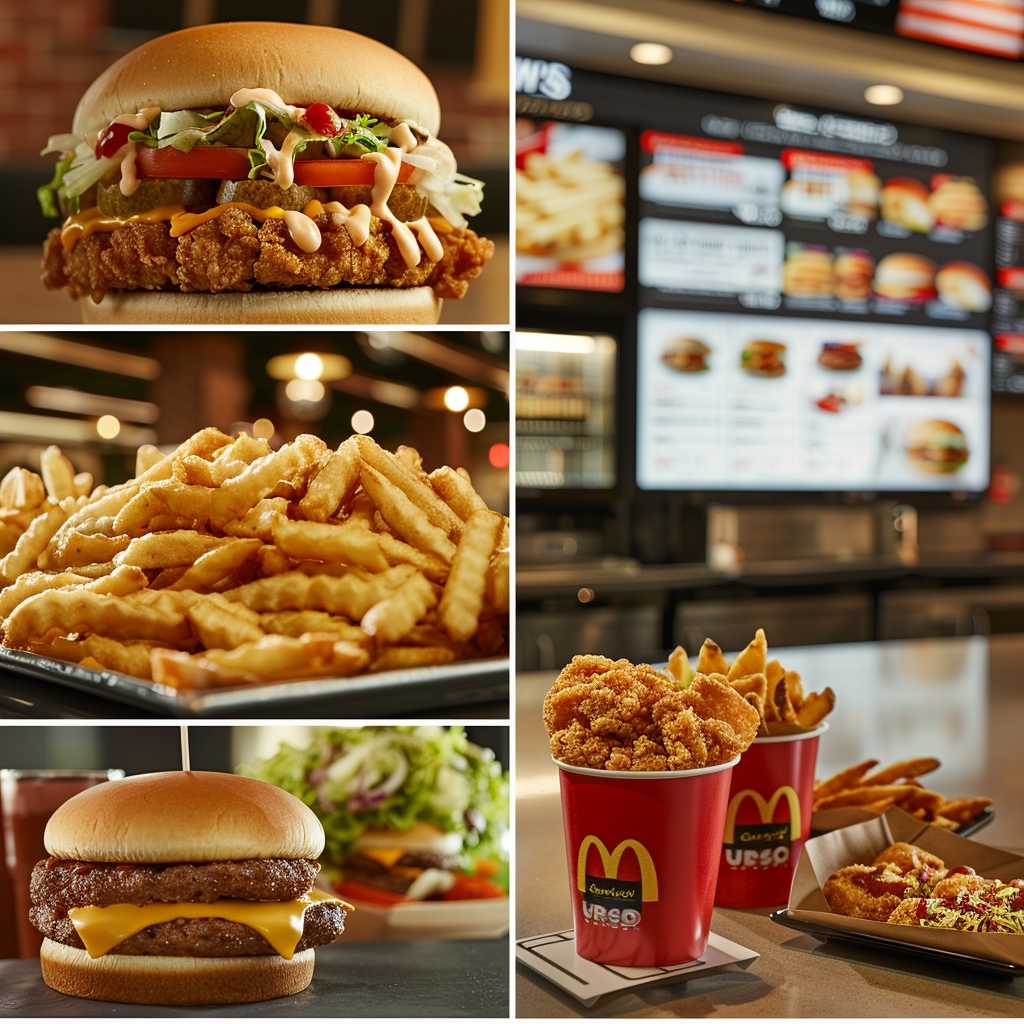Wendy’s Surge Pricing: Balancing Demand with Dynamic Pricing Strategies
In recent years, the fast-food industry has been exploring innovative approaches to manage business operations and meet customer demands more efficiently. Among such initiatives is the idea of surge pricing—a dynamic pricing strategy that fluctuates based on current demand levels, majorly used in ride-hailing services like Uber and Lyft. An exploration into Wendy’s move towards surge pricing not only demonstrates an evolution in the fast food industry’s approach to pricing but also sparks a conversation about the fine line between supply and demand economics and customer satisfaction.
Understanding Surge Pricing in the Fast Food Industry
Surge pricing is a model that adjusts prices in real time, depending on current demand for a product or service. This approach to pricing has permeated various markets with success, particularly those heavily reliant on supply and demand balance like transportation and hospitality. Fast food chains like Wendy’s investigating similar models indicates an industry willing to innovate, looking to leverage data analytics to maximize profit margins and improve operational efficiencies.
By adopting a surge pricing model, Wendy’s could potentially adjust its menu prices based on certain conditions such as time of day, local events, or even weather patterns. For instance, prices could be higher during typical lunch hours when demand is high and lower during off-peak hours. Similar strategies have been employed by other industries to varying degrees of acceptance by customers.
The Impact of Surge Pricing on Consumer Behavior
The adoption of surge pricing by Wendy’s can influence customer behavior in multiple ways. On one hand, it could lead to price optimization for the company during peak demand periods. However, customers might perceive the increased prices as opportunistic or exploitative, especially if the hikes are significant or inadequately communicated.
Significant and sudden changes in pricing can affect brand loyalty and customer satisfaction. The key for Wendy’s would be to find a sweet spot where surge pricing can still harness consumer surplus during peak times without alienating their customer base.
Balancing Corporate Profitability with Customer Perceptions
Wendy’s operates in a highly competitive market where price sensitivity is significant. Any consideration of implementing surge pricing must take into account how customers might interpret such changes. The challenge is balancing the business objectives of maximizing profitability against potentially negative consumer perceptions.
Corporate profitability from dynamic pricing may present short-term gains, but long-term effects need careful consideration. The retention of customers who feel valued and fairly treated tends to contribute significantly to sustained revenue streams over time.
Comparison with Other Industries’ Surge Pricing Approaches
The surge pricing model isn’t new. Various industries have incorporated this throughout their operational strategies with mixed responses. The most prominent example outside of the restaurant industry is ride-sharing services which adjust their rates during high-demand periods or special events to manage ride availability.
The critical takeaway from these industries is that transparency and communication about why prices are changing are essential in maintaining customer trust and satisfaction. Any introduction of surge pricing from Wendy’s would need to ensure these elements are well-managed to avoid backlash.
Potential Benefits of Surge Pricing for Wendy’s
If carefully implemented, surge pricing can offer Wendy’s numerous benefits. It can allocate resources more efficiently by encouraging customers to order during off-peak hours with slightly reduced prices, leading to improved service times and order fulfillment rates due to balanced workload among staff.
Moreover, surge pricing data can provide valuable insights into customer behaviors, preferences, and elasticity—information which can be pivoted towards improving menu offerings and optimizing inventories, reducing waste and increasing profitability.
Risks Associated With Dynamic Pricing Mechanisms
The risks that accompany dynamic pricing mechanisms cannot be ignored. Customer trust can erode if they feel subjected to unfair price increases. In the social media age, bad experiences can proliferate quickly online, adversely affecting a brand’s reputation.
There’s also the logistical challenge of recalibrating in-store point-of-sale systems, online platforms, and training staff to handle complex pricing structures which vary frequently.
